Painted walls and ceilings are becoming increasingly popular. But preparation for painting is a challenge. The paint shows all the errors and irregularities and it takes a long and painful time to do it. Simplify the task, and at the same time and make the wall relief can be with the help of wallpaper from fiberglass. They are designed for painting and very long-lasting. How to glue fiberglass wallpaper and we will discuss further.
Artikli sisu
What is fiberglass wallpaper
Fiberglass wallpaper is a finishing material for walls and ceiling. Most often used for painting. From glass fibers on special machines weave cloths, which are called “glass wallpaper”. Due to the use of fibers of different thicknesses and their different weave get different patterns. They are not as many as on ordinary wallpaper, they are not too pronounced. And this is considered one of the disadvantages of this finishing material. But practicality, durability and the ability to repaint them up to 20 times outweighs this disadvantage.
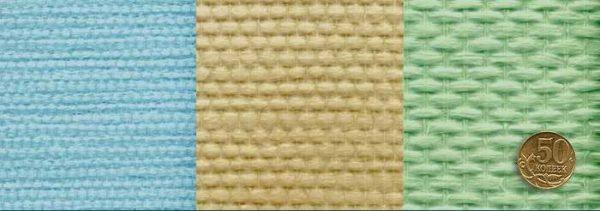
Drawings there are almost imperceptible, which after painting give just a slightly rough surface. The most common type – corduroy. Named so because the weave is made in the same way as before woven coarse cloth – cuckold. There is it small, medium, large. The difference can be seen in the photo.
Widespread are still herringbone, chessboard and rhombuses. They also have small, medium and large. They differ in the “scope” of the pattern. In addition to these types there are other weaves, but they already belong to the category of author’s or collectible and cost more.
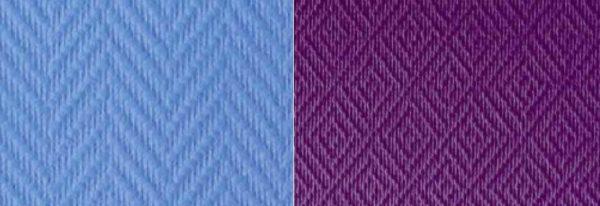
This material is sold in rolls, the width is usually 1 meter. The length of the roll – from 12.5 meters (there are also 50). The price per roll – from 20$ to 50$. The cost depends on the length of the material in the roll, the complexity of the pattern, the manufacturer.
Eelised ja puudused
Before gluing glass wallpaper, let’s understand their pros and cons. Let’s start with the pros. They are made of natural raw materials, safe, environmentally friendly, do not support combustion. Are distinguished by increased durability, service life – from 10 to 30 years. Suitable for painting, which allows you to quickly change the interior. They can be repainted without changing their appearance from 5 to 20 times (depending on the quality).
Glass wallpaper makes it easier to prepare the surface for painting. Walls should be even, but not ideal – all small deviations will hide the fiberglass fabric and relief wallpaper. And this is a significant plus.
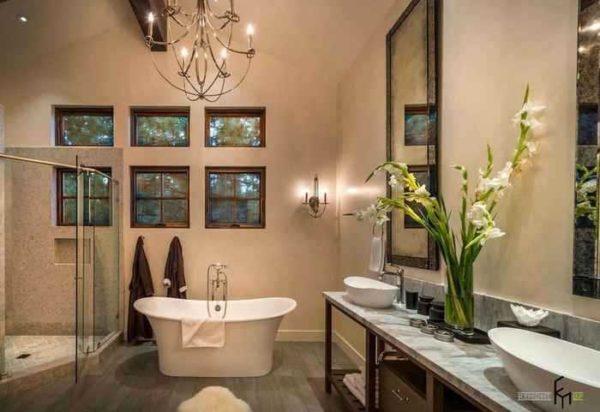
Another positive point – they are not afraid of high humidity, so they can be used in the bathroom and in the kitchen. It is only necessary to choose the appropriate paint.
The disadvantages are as follows:
- Not as large assortment as conventional wallpaper. Veshny look can be diversified by decorating the walls, wallpapered with fiberglass wallpaper, various design techniques.
- Fiberglass when gluing prickles, you need to work in protective clothing.
- The price is higher than the usual beautiful wallpaper.
In general, not an ideal option, but if you need a durable finish with the ability to quickly change the color – glue glass wallpaper – your choice.
Kuidas valida
Usually choose glass wallpaper on the pattern, and the quality is determined by the density of the material in the roll. But it should be said that not all on the wall look as voluminous as in the roll. In order to make the picture look clearer, some manufacturers use loose threads. When gluing on the wall, all the lint is pressed down, the volume goes. So the volume in the roll – not a guarantee that the picture will be clearly visible on the wall. The way out is to buy proven brands that guarantee a certain quality.
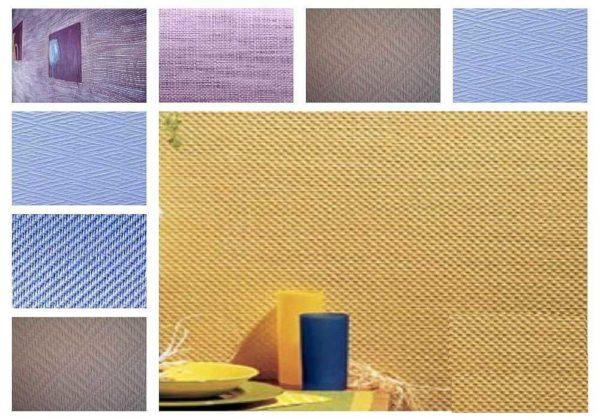
Practically the same is the case with the density of glass wallpaper “to the touch”. To give them additional strength, some manufacturers impregnate the cloth with starch. When gluing from the glue, this impregnation soaks, the surface turns out loose, because of which it absorbs a large amount of paint.
Look at the technical characteristics
How to determine in this case good glass wallpaper? Look at the technical specifications. There is a line there – density. The larger the figure, the denser the wallpaper (normal density – about 145 g/m2). If there is no this indicator, there is the weight of the roll. In this case, too – the heavier the roll, the greater the density of the material. But in the case of weight, you should also look at the length of the cloth in the roll – it can be very different – from 12.5 meters to 50. There is another way out – trust proven manufacturers or try on a small piece – glue, then paint. Only the question of where to take this piece remains open …
What else is worth knowing about glass wallpaper … that they come in two varieties – the first and second. The first grade – good quality, they usually have a warranty. Second grade – something like a lottery. Can be nothing, can be poorly glued, have a large number of defects, etc.
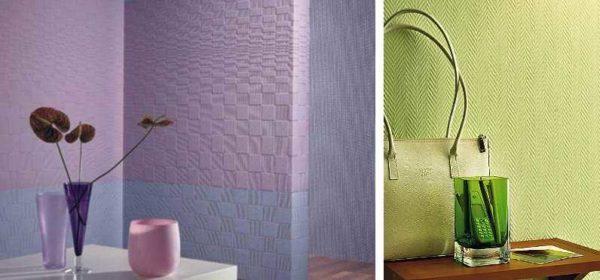
A few words about marriage. It occurs even in good manufacturers – torn threads, lay wrong, etc. This place is marked on one of the edges of the roll glued black strip, and to the length of the roll is added 50 cm (penalty). When buying a roll in transparent packaging, inspect the ends. The less black “markers”, the easier it will be when cutting.
Tootjad
And lastly about proven manufacturers. We can definitely recommend the brands Wellton (Wellton) and Oscar (Oscar). Any collection, any roll they have good quality. Even the second grade is not about quality, but about non-standard length (so you can save money).
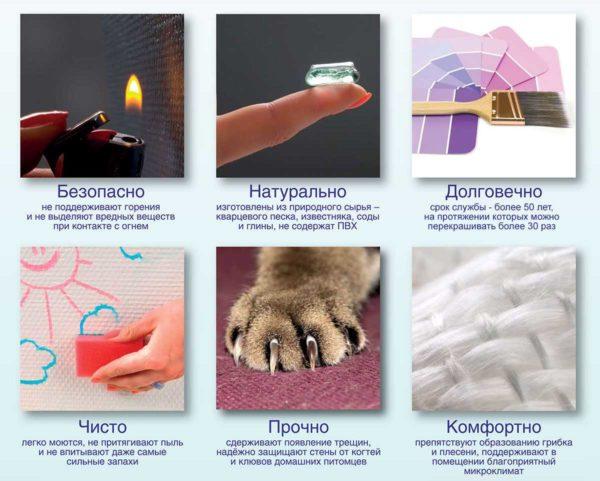
On the pricing policy: Welton – more expensive, the choice of patterns more, you can recolor up to 20 times; Oscar – cheaper, less textures, you can recolor up to 10 times. So there is a choice for every purse.
How to glue glass wallpaper
Fiberglass wallpaper for painting glue on a special glue or PVA and its analogues. Ordinary wallpaper glue will not go, you should not try. If this is your first experience, it is better to take a special composition, and not in powder, and ready, in a bucket. Yes, it is more expensive, but the quality is guaranteed, glue will be easier, problems – less.
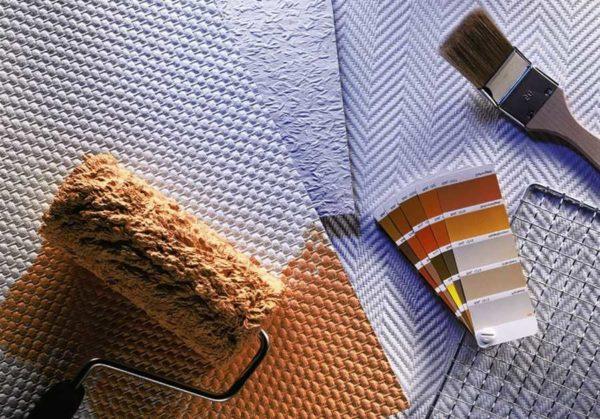
Surface preparation
Before you glue glass wallpaper, you need to prepare the walls or ceiling. Walls should be even, without potholes, protrusions. Remove stains, dust, it is desirable to cover with primer. As a primer is suitable diluted 1 to 10 PVA. This composition is applied to the walls with a roller, wait until it dries, then begin to glue the glass wallpaper.
A few tips on preparation for gluing for different bases:
As you have realized, when preparing the base, it is important to caulk significant depressions, remove protrusions. You can not achieve a perfectly flat surface, as under painting, but significant differences are visible. Therefore, they are smoothed with sandpaper. If there are cracks, they can not be filled, and before applying putty glue reinforcing paper (which is used for drywall).
Gluing glass wallpaper
Now specifically about how to glue glass wallpaper. The process itself does not differ from the gluing of conventional – vinyl, acrylic, etc. The techniques and sequence is the same. The peculiarity is that the glue is applied only to the wall, the wallpaper cloth is not smeared. Otherwise, everything is the same:
- On the wall or ceiling, glue is evenly applied. It is faster to do it with a roller, in the corners and joints with the ceiling and wall use a narrow brush. The glue should be distributed evenly. Where there will be too much of it, “dips” will form, and handprints may be visible. In places where there is not enough glue, glass wallpaper will not stick, a bubble will form. While the wallpaper is not painted, the bubble is not visible, only felt by hand (after drying). When painting, they all show up. Therefore, we try to distribute the glue evenly over the entire surface.
- Cut the cloth along the length of the wall + a small margin (5-10 cm).
- The first strip of glass wallpaper is glued to the wall strictly vertically. The verticality of the edge is checked (better with a plumb line). The cloth is smoothed with movements from the center, to the edges – so the air goes away better. It is desirable to use a plastic wallpaper spatula. It is convenient and quick to work with it.
Excess length (top and/or bottom) is cut off. In the right place put a steel ruler or a wide spatula, a sharp blade or a stationery knife cut the fiberglass.
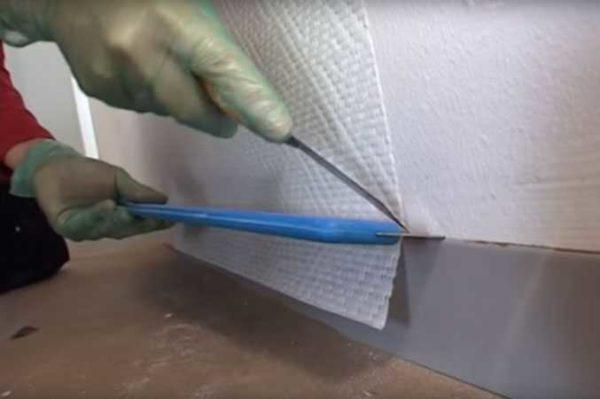
Glue the second cloth
The next cloth is glued butt to butt. It is applied to the edge of the already glued, aligning the pattern. After that it is smoothed to the surface first with hands, then with a spatula. Use a rolling roller for gluing the joint should not be used – it “rolls” the pattern, and the knock is even more prominent. By hand, the cloth is combined quite well.
When gluing the outer corner, there are two options:
When gluing the inner corner, the technique is usually the same. The last canvas on the wall should go on the next wall by 1-2 cm. If it is wider, it is cut. So it is easier to lay the glass wallpaper even if the corner is uneven. The next strip is glued overlapping. In this place you get a double layer, but usually it is almost imperceptible. If you really do not like it, you can make a little more than 3-4 cm, glue overlap, then cut off the excess from the corner 1-2 cm.
Finishing the little things
In those places on the wall where there are outlets, switches work with the power off. It is best to disconnect the automatic circuit breaker on the switchboard. Remove the outer parts of sockets and switches, glue the canvas. In the place of exit of the electrical network, the glass fleece is cut crosswise. Take a spatula, applying to the outlet. cut off the excess with a knife, press well.
While you glue fiberglass wallpaper for painting and while they dry, there should not be a draft in the room. It is also worth curtaining the window so that the sun does not dry the surface (bubbles may form).
You have probably already realized that if you have at least once pasted ordinary wallpaper, you know exactly how to glue glass wallpaper. Because there are almost no peculiarities. Everything is the same. Features begin later – the wall must be painted. That’s what is unusual.
How to glue glass wallpaper is told in the video. Everything is accessible and understandable.
Paint for fiberglass wallpaper
How to glue fiberglass wallpaper you know, let’s deal with what and how to paint them. Most often for painting fiberglass wallpaper use water emulsion and water dispersion paints. Acrylic and latex dispersions are well washed, some – with a brush and with the use of detergents. Some such compositions can withstand thousands of cycles of washing with a brush (vandal-resistant up to 20,000). Therefore, they can be used even in rooms with active use – in the corridor, hallway, kitchen, bathroom.
Water emulsion is also washable, but they are not so stable. They, at best, can be wiped a few times with a damp cloth. But they do not reduce the vapor permeability of the walls. Therefore, they are more often painted in residential areas.
There are also special enamels designed for painting wallpaper. They are also good, but are more expensive. When selecting pay attention to the area of operation – there should be an inscription that this composition is suitable for wallpaper (or glass wallpaper).
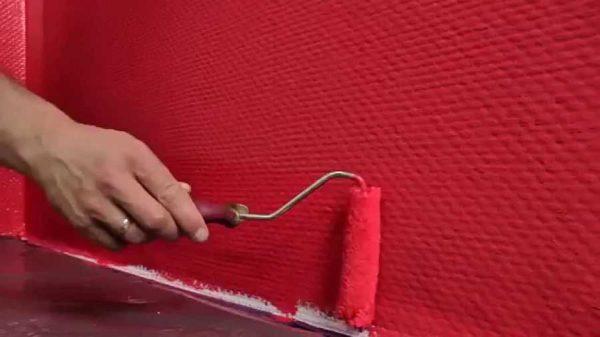
How thick is the paint needed? In principle, it does not matter. If it is liquid, you will have to apply more layers, if thick – less. In any case, to get a good effect, the same amount of dry matter will be needed. Another thing is that sometimes thicker ones are more favorable, although they cost more. In this case, it is necessary to look at the covering power and the required number of layers.
Features of paint for fiberglass canvas
Pay attention to the type of surface obtained by painting. Silky matte paint will best emphasize the relief, and just matte paint will partially hide it.
There is one more point. Glass wallpaper – a porous material and paint consumption, especially when applying the first layer – large. To reduce it, it is desirable to primed them. As a primer you can use the basic paint, diluted 1 to 1 water (if the paint is water-based). Its hiding power will be lower, but due to the large amount of water it will better penetrate into the pores. The pigment will fill them when drying. The next layer of “normal” density will lie down better, it will be absorbed less. This, though not very much, will reduce the total paint consumption.

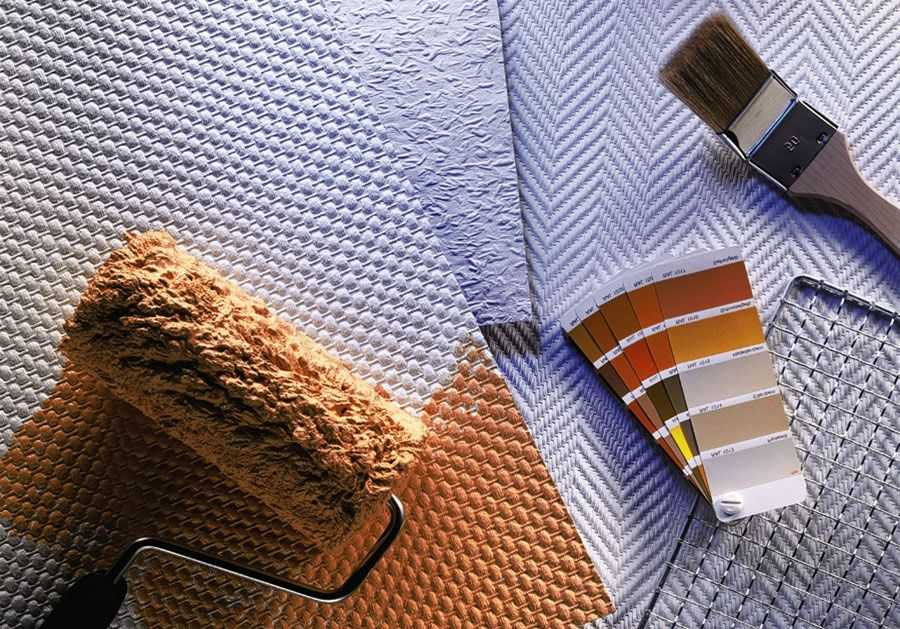
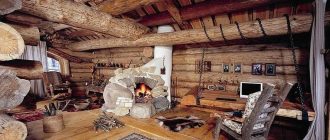
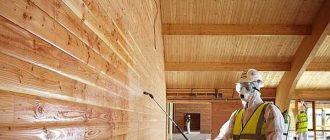
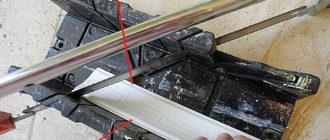
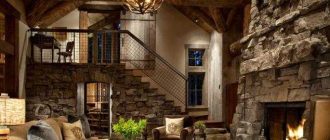
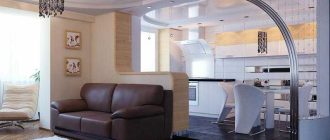
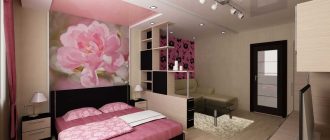
Hey, I recently tried gluing fiberglass wallpaper, and it was a game changer! Just make sure you prep the walls properly and use the right adhesive. Trust me, the result is worth it! Your space will look super fresh and modern. Give it a go!